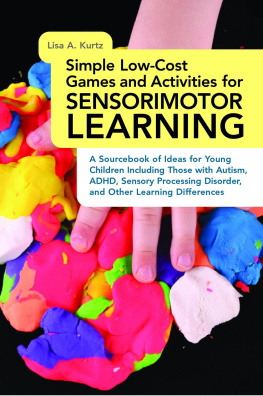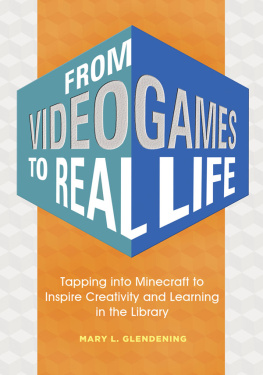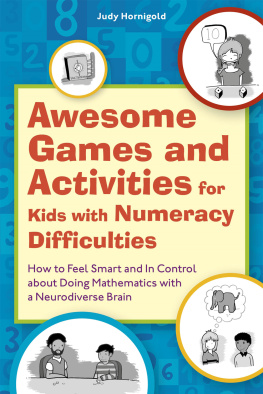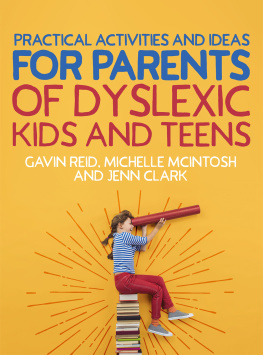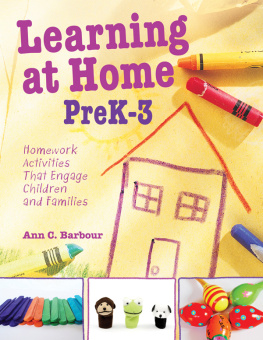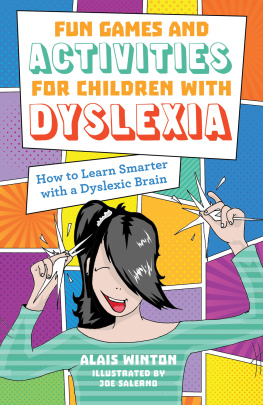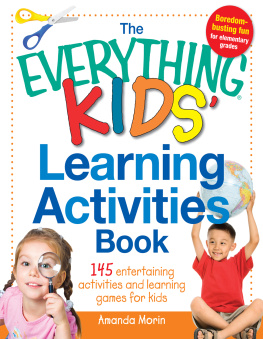Contents

Exploring Science with Dyslexic Children and Teens
Creative multi-sensory ideas, games and activities to support learning
DIANA HUDSON
Foreword by Sir John Holman
Illustrated by Jon English

Contents
Foreword
One of the things our society is discovering is the practical value of diversity. Companies with greater diversity in their leadership teams get better results. The more diverse your team, the more readily you can avoid group thinking and set your thinking off in new directions.
There was a time, not so long ago, when equality and inclusion were thought of mainly in terms of fairness: no one should be excluded from opportunities just because they have different characteristics. But weve moved on from that: fairness is still essential, of course, but we are realizing that more inclusion means greater diversity, and diverse teams, whether in business, science or the arts, get better results. They think more widely and approach problems from a variety of ways that are needed to come up with innovative solutions. The Covid-19 pandemic in 202021 showed us the necessity of innovation, as the normal ways of doing things were upended or became impossible. There is no shortage of other challenges, above all, climate change, where creative thinking from diverse teams will be essential.
It is this understanding, that human difference needs to be treated as an opportunity rather than a problem, that motivates this book. Its starting point is that the adults supporting dyslexic learners should think not only of their problems and difficulties, but of the many talents that they have to offer. Children who are dyslexic can have great potential, but they think and learn in different ways, and this means they can offer much to other members of a group: they are often creative, imaginative thinkers, and they may have particularly good visual skills or the ability take in the broader picture. Think what I can do, not what I cant do is a valuable mantra for any teacher, and it helps to build the self-esteem that is particularly important for people with specific learning difficulties.
This book is full of ideas that are rooted in successful practice. At its heart is the idea that science is a practical subject, but it takes the hands-on approach beyond laboratory experiments to include a galaxy of approaches to understanding scientific vocabulary, using a variety of sensory channels. It is a book to dip into: a pick-and-mix basket of ideas to try out. Science is a subject that works by experimentation, and there is plenty here to try out with learners of primary and secondary ages. The ideas in this book are more widely applicable than to dyslexic learners alone: all pupils benefit from a varied and lively approach to learning.
Dyslexic learners are not the only ones who can be daunted by the prospect of reading a whole book from beginning to end. Diana Hudsons book is not intended for that: just dip into it and you are sure to find ideas that will work for you and your pupils. Enjoy it!
Sir John Holman
CChem, FRSC
Emeritus Professor of Chemistry, University of York,
former head teacher and Founding Director of
the National Science Learning Centre
January 2021
Introduction
Children and teenagers who have dyslexia and other related specific learning difficulties are often intelligent, articulate, creative and eager to learn. Although they may find science stimulating and exciting, they can sometimes struggle to master parts of the school science curriculum. This can lead to disillusionment and a feeling of failure. It is, however, possible for them to learn and excel in science if a more creative and multi-sensory approach is taken. This book aims to show a variety of ways to help them to overcome these hurdles in order to thrive as happy young scientists.
Recently, I ran a workshop for a group of science graduates who were training to be teachers. It was entitled Teaching Science to Creative Young People with Dyslexia. The workshop focused on making science accessible, enjoyable and memorable for this talented and diverse group. We examined various multi-sensory approaches to teaching; we played games, made models, gave short presentations and came up with a few poems and a song. At the end of the workshop one student teacher said he would love to try some of these less conventional methods with his teaching but he would struggle to think of new approaches. Would I be able to help him?
This book arose from that day.
The book is a pick-and-mix basket of ideas. It is designed for both teachers and parents who are trying to help creative thinkers grasp science concepts and theories. I hope it will inspire an enjoyment of science and allow young people who have a range of different thinking styles to flourish.
Some of the most creative thinkers have difficulties in other areas of learning. Today, some are diagnosed as having dyslexia, dyspraxia, dyscalculia, attention deficit hyperactivity disorder (ADHD) or autism spectrum disorder (ASD). All too often these young people then become defined by their label and by what they find difficult rather than celebrating their often extraordinary talents. Undoubtedly, they will have to overcome certain problems in order to succeed at school, especially in science where thinking is generally logical and linear. It can be done, however, with hard work and by using their natural creativity to help them to discover ways to learn effectively.
The book begins by describing the strengths and weaknesses of creative thinkers who have dyslexia. It outlines the reasons that they may struggle in science and gives examples of specific areas of the school science curriculum that are often very challenging for them. Additionally, the first chapter introduces the concept of a creative and multi-sensory approach to teaching science in order to reinforce the learning experience. Various multi-sensory approaches are explored throughout the book, with each of the following seven chapters looking at different learning channels.
which touches on future careers in science for dyslexic learners.
This book can be read from cover to cover, but you may prefer to dip into it to find new perspectives, ideas and suggestions. Each chapter addresses a different approach to teaching science topics which can be modified to suit the circumstances. I hope that you will adopt some of the recommendations that are relevant to your needs and skills. Do not worry about giving a perfect delivery; it is more important to be relaxed and try something different from time to time. The young people in your care will then enjoy going on the journey of discovery with you.
I hope that you will use this book in conjunction with the excellent curriculum materials that are available for teaching kids and teens. It is not designed to be a text book but as an enhancement as it suggests unusual approaches to teaching topics which might inspire curiosity and instil confidence in our young scientists of tomorrow.
The format of the book is as follows:
: Why Kids and Teens with Dyslexia and Other Learning Differences May Struggle with Science explores why studying science at school can pose many challenges for young people who have dyslexia and are lateral thinkers and creative. The focus is on various difficulties that they may face with science but it suggests how their creativity can help them to learn.



